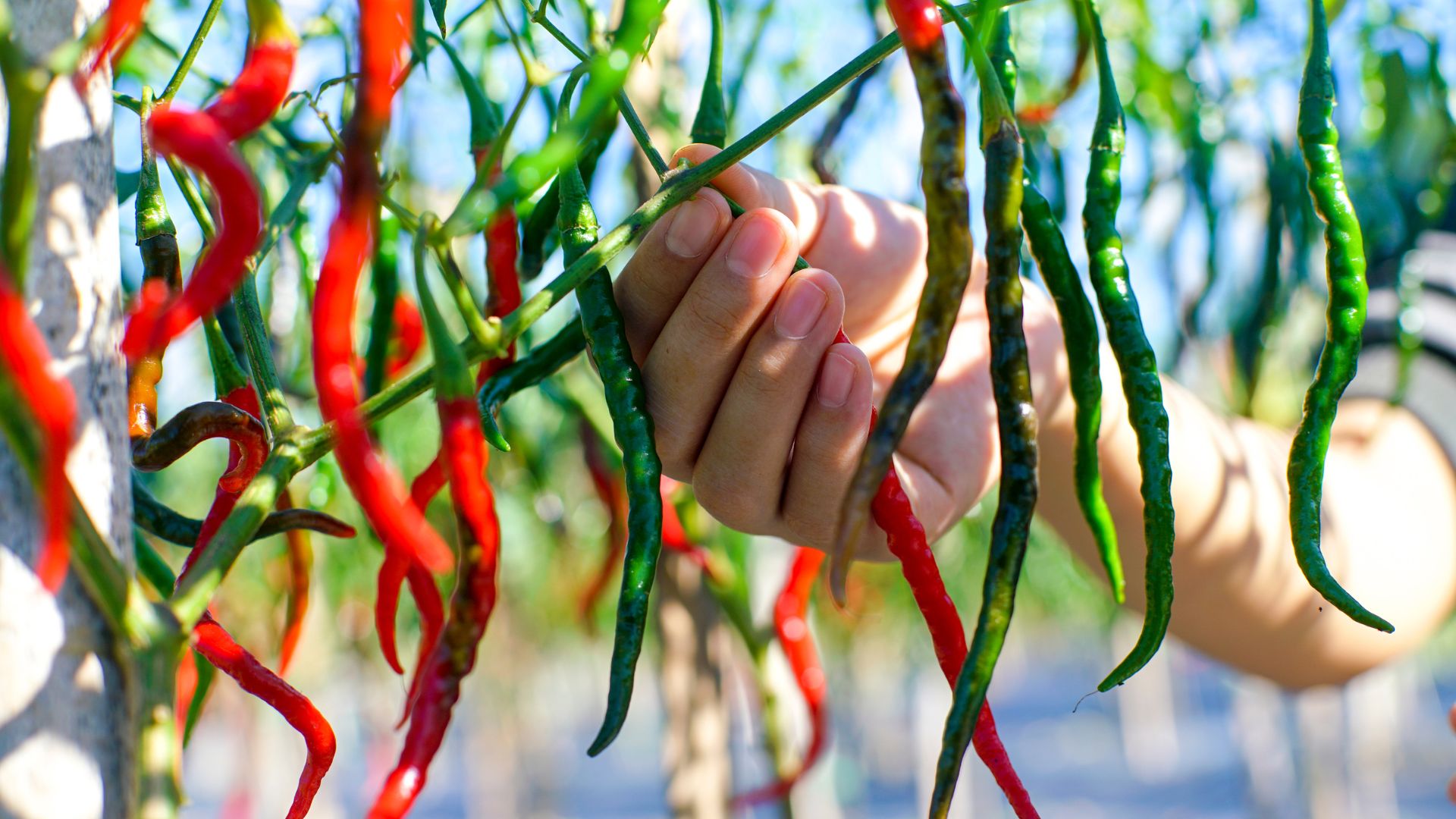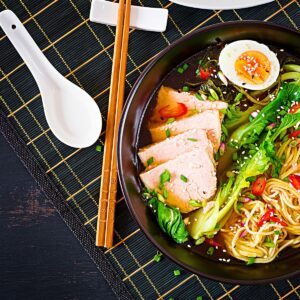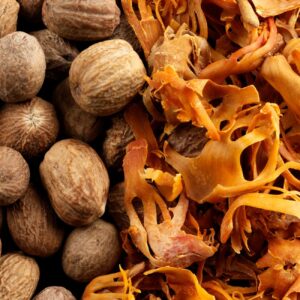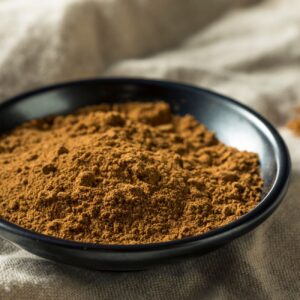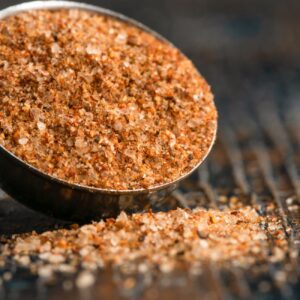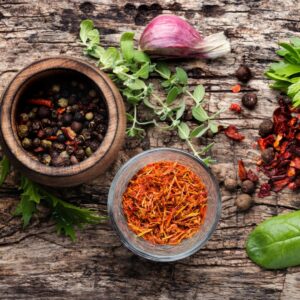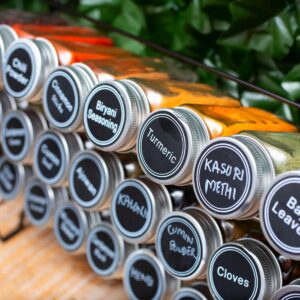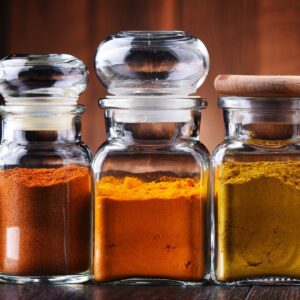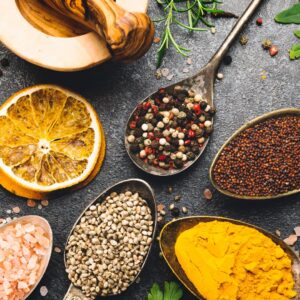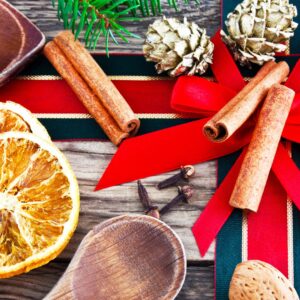Cultivating a spice garden is a rewarding project that brings fresh, flavorful ingredients right to your kitchen. Whether you have a sprawling backyard or a small windowsill, growing your own spices is easier than you might think. This guide will walk you through the basics of DIY spice gardening, from planting to harvesting.
Choosing Your Spices
- Assess Your Space: Consider the amount of space you have, as some spices require more room to grow.
- Climate and Conditions: Select spices that will thrive in your local climate and environmental conditions.
- Popular Options: Some easy-to-grow spices include basil, cilantro, mint, parsley, chives, and dill. For more advanced gardeners, try growing cardamom, ginger, or turmeric.
Starting Your Garden
- Seed vs. Seedling: Decide whether to start from seeds or seedlings. Seeds are more cost-effective but take longer to grow, while seedlings offer a quicker start.
- Soil Preparation: Use high-quality potting soil that drains well. Spices generally prefer soil that’s slightly acidic to neutral.
- Containers vs. Ground Planting: DIY spice gardening needs some careful planning. If space is limited, containers are a great option. Ensure they have adequate drainage holes.
Sunlight and Watering Needs
- Sunlight: Most spices need about 6-8 hours of sunlight per day. If growing indoors, a south-facing window is ideal.
- Watering: Keep the soil moist but not waterlogged. Overwatering can lead to root rot and other diseases.
Fertilizing Your Spice Plants
- Organic Fertilizers: Opt for organic fertilizers like compost or fish emulsion, which are gentle on the plants and add nutrients to the soil.
- Regular Feeding: Feed your spice plants every 4-6 weeks to ensure robust growth.
Pest Control and Maintenance
- Natural Pest Control: Use natural pest control methods like neem oil or insecticidal soap to deal with common pests like aphids and spider mites.
- Pruning: Regularly prune your spice plants to encourage growth and prevent them from becoming leggy.
Harvesting Your Spices
- Right Time to Harvest: Harvest your spices when they are mature but before they flower for the best flavor.
- Harvesting Technique: Use clean, sharp scissors or pruners to cut the leaves or stems. For roots like ginger, gently unearth them when they are plump and aromatic.
Drying and Storing
- Drying Methods: Dry your harvested spices by hanging them upside down in a warm, airy place or using a food dehydrator.
- Storage: Once dried, store your spices in airtight containers in a cool, dark place to preserve their flavors.
DIY spice gardening is a fulfilling endeavor that enhances your cooking and connects you to the food you eat. With some basic knowledge and care, you can cultivate a variety of spices, enjoying the freshest flavors and aromas right from your garden. The process of growing, harvesting, and using your own spices not only adds a special touch to your culinary creations but also brings the satisfaction of self-sufficiency. Whether you’re a seasoned gardener or a beginner, the world of spice gardening awaits!
So now you know how to grow your own spices. But what about keeping their freshness once they’re harvested and stored? Check out this post for some of our tips! Preserving Freshness: Best Practices for Storing Spices

